The film starts on a very harsh note. It's 1973 (two years after Gamera vs Zigra, so it's possible this is a continuation of the Showa series, ignoring the previously-mentioned Shûsuke Kaneko films, and the recycled footage-heavy Gamera, Super Monster, but I'll leave the fiddly parts to continuity-minded individuals. 1973 could have just as easily been a convenient date). People are running, Gamera is being attacked by his perennial enemy, the Gyaos. And he isn't winning.
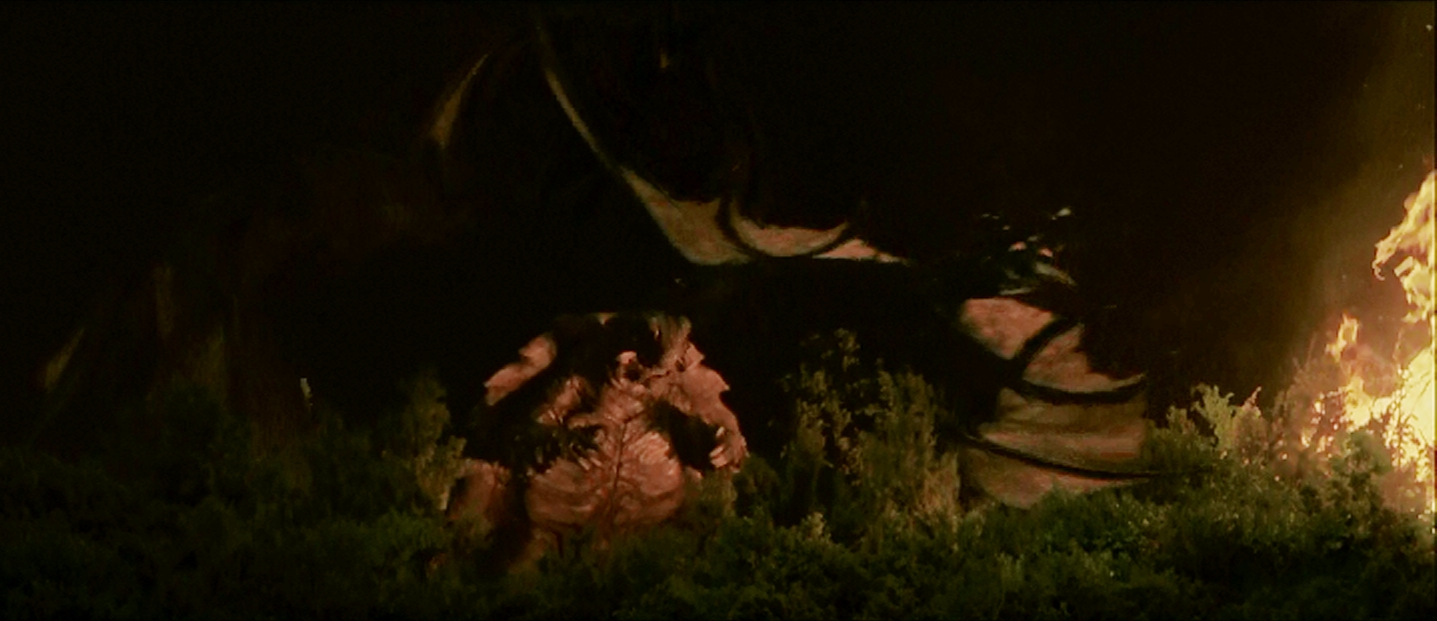
This old Gamera takes a number of attributes from the Shûsuke Kaneko vision. It shoots fireballs rather than a short-range blast of flame. It has an additional energy attack, one that comes from its chest, as seen in Attack of the Legion, but rather than projecting a powerful ray, it detonates Gamera in a suicide attack. This is particularly interesting coming from a Japanese film. During World War II, Kamikazi (or Tokko Tai) were used as a last resort against the approaching American forces. This mindset is now foreign to most Japanese, and this cultural shift is the engine which drives the plot.
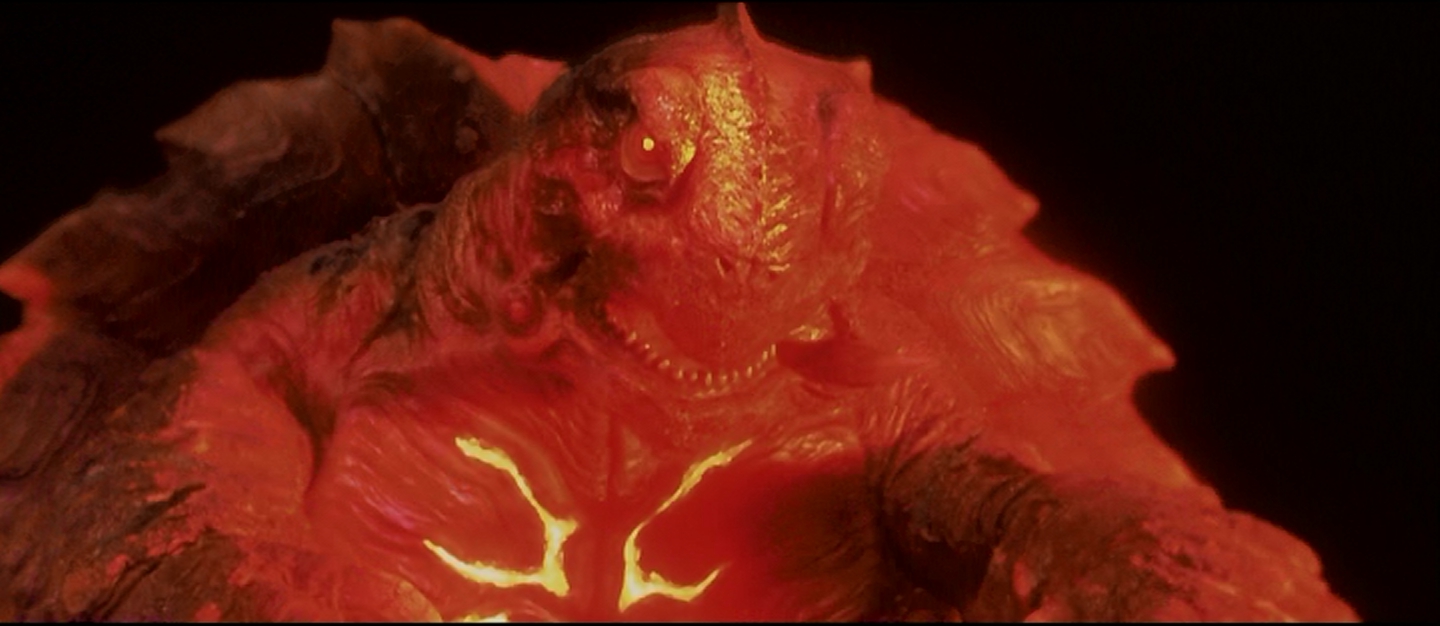
The time moves to 2006, and the boy who witnessed Gamera's death now as a son himself. His wife has died, leaving him to raise his son by himself. That son, Toru, will be our protagonist, facing the additional challenge of growing up without his mother. Then, we hear the oldest way to tell the audience a giant monster is coming: a fishing boat, it's captain, and crew go missing. This classic element of kaiju film, a trope that ranges from first Godzilla to Pacific Rim.
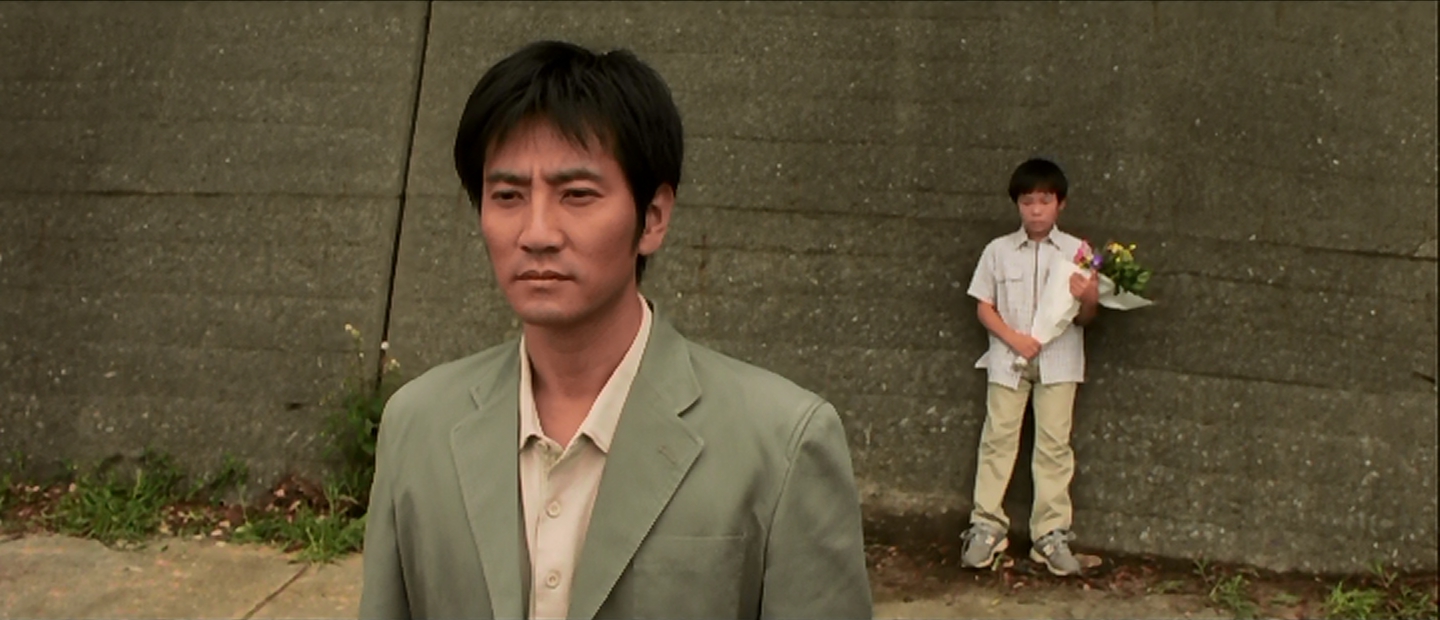
Toru's life is complicated but ordinary, he has two friends he hangs out with, as well as a girl next door who lets him borrow manga. But the realities of life quickly intrude. Mai needs to have a heart operation, for example. For him, the kaiju plot begins on a day when he sees a glinting light on an island. He finds a large glimmering red stone, and a turtle. After Gamera sacrificed itself, the local village discovered unique red pearls in the surrounding waters, which they gathered and sold. Toru finds his turtle perched on a gigantic red pearl larger that his hand. Hmmmmmmmmmm.
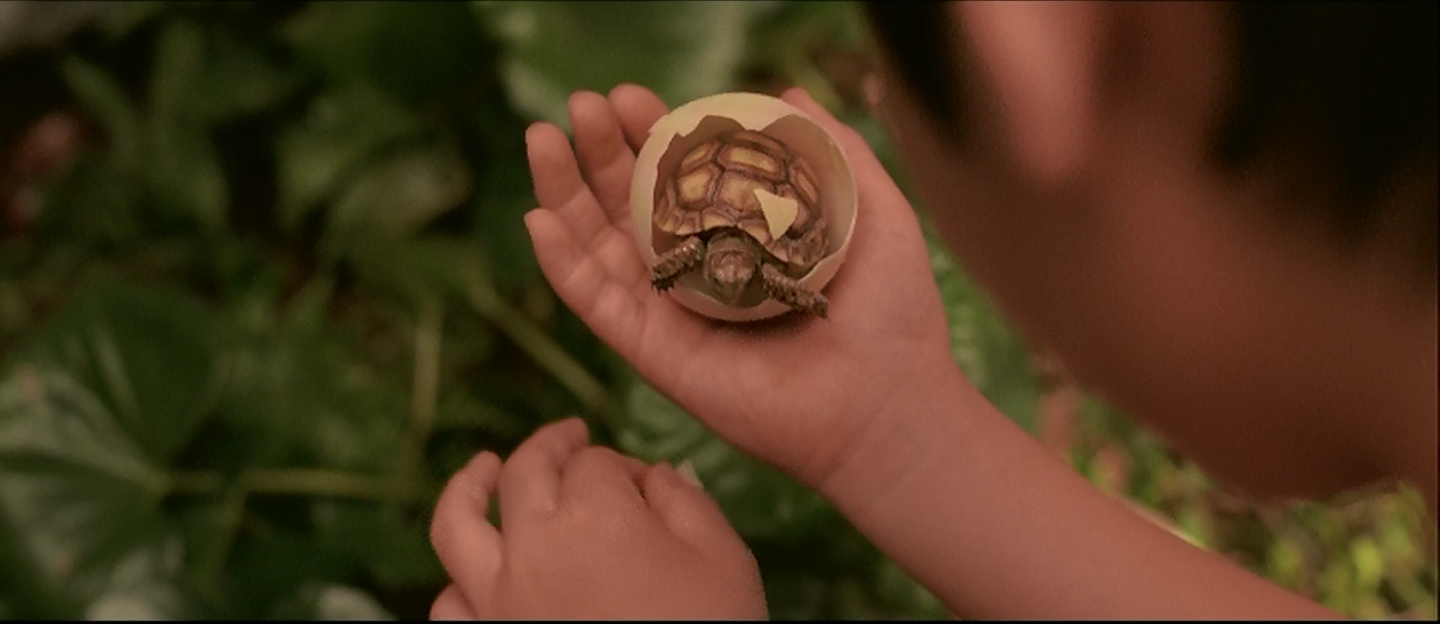
Toto rapidly shows itself to be no ordinary turtle. It grows quickly, and it can fly. Hiding the flying turtle becomes a bonding experience for Toru and his friends. In a comedy sequence, the turtle tours the restaurant where Toru's father works. A dropped knife suggests Guiron, and Toto the turtle lets out a small urp of flame. As he grows, Mai becomes suspicious, and shows Toru a file concerning Gamera. Toru rejects the possibility that his flying turtle is in any way related to Gamera because monsters fight and die. And he doesn't want his Toto to die. With his mother dead, this is an understandable and resonant moment. A child understands death, sees another in the future and wants to avoid it. He is growing up, beginning to grapple with the impermanence of existence.
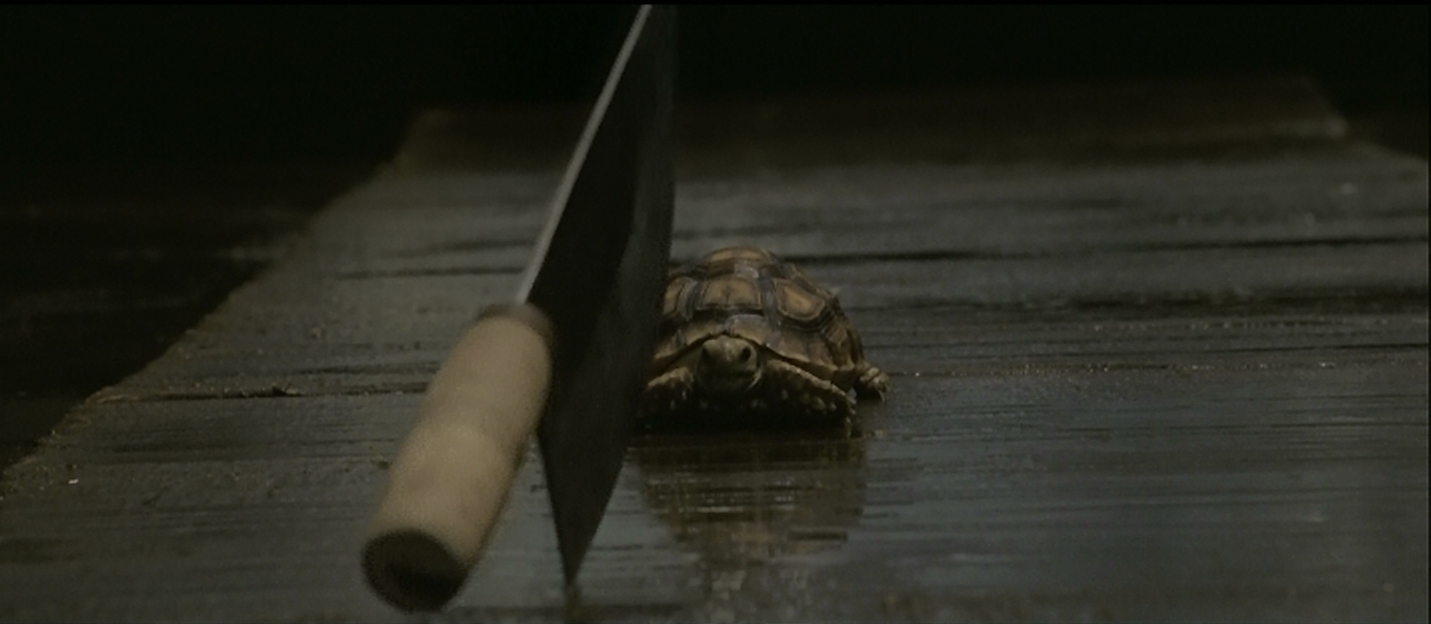
Then Zedus shows up. The suit on Zedus is excellent, maybe even better than Gamera's own. Which makes some sense. Zedus only requires one suit, where Gamera grows through several. It's large and lizardy, with a frill and a lot of hanging strips of skin. It does not have an energy attack, or flaming breath, but it does have a razor-sharp tongue that shoots from its mouth. Zedus is definitely a bad kaiju. Within two minutes of its appearance, it immediately chows down on a trapped crowd.
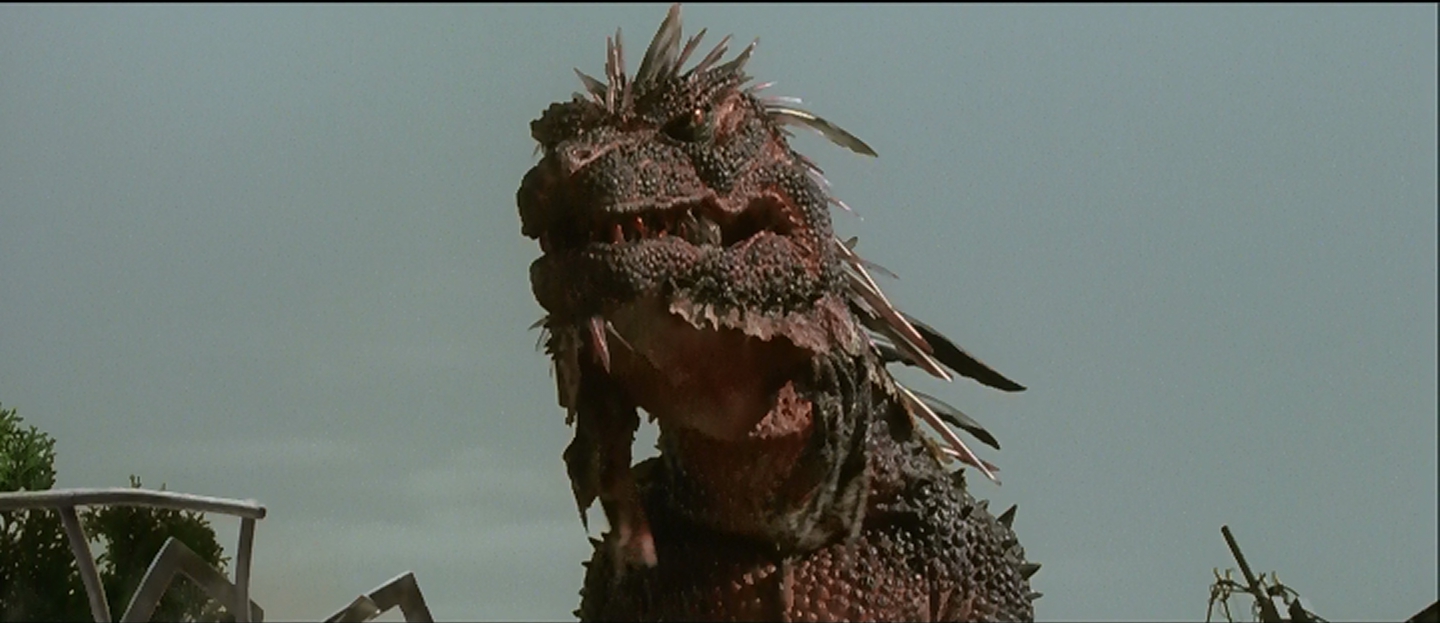
When Gamera first confronts the creature, it's absolutely no contest. Gamera is less than a fifth of the size of Zedus. But it gamely tries to stop the monster.
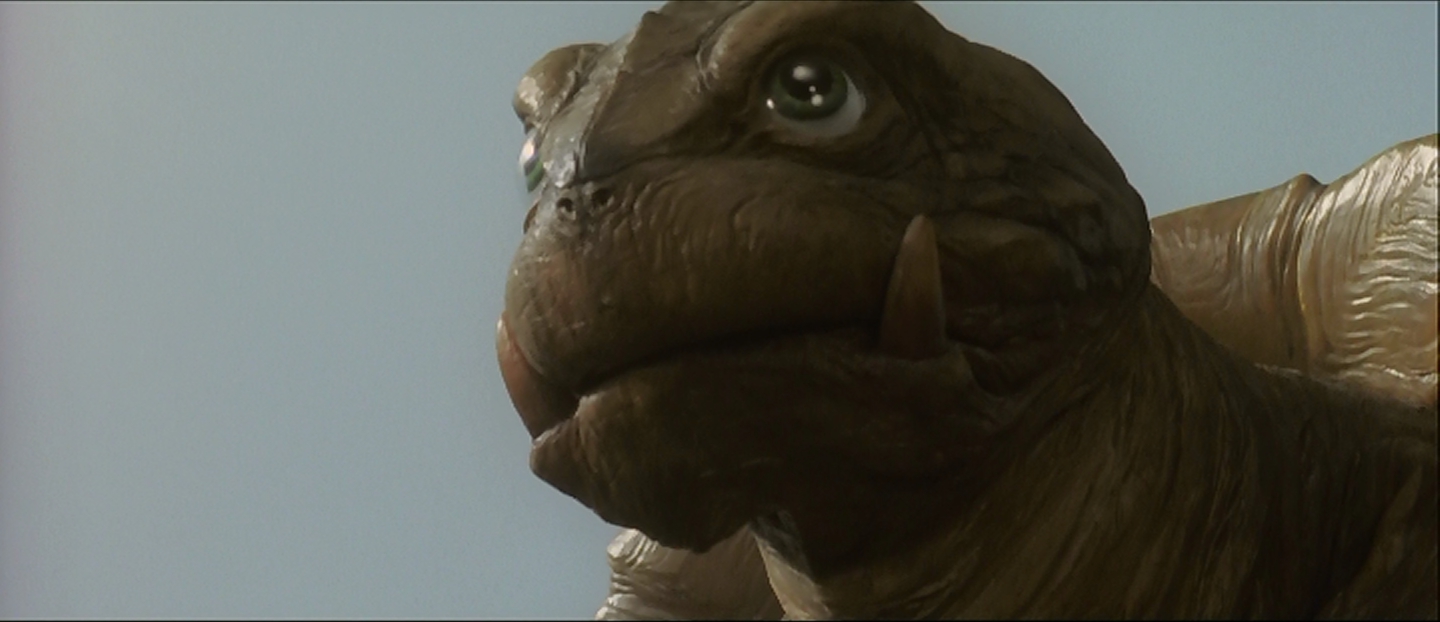
After the initial, inconclusive encounter, the military gets involved. This isn't Ishiro Honda, just around for show military, but more actively standing in the damn way military. They haul Toto off on a flatbed truck, as if it were Gorgo.
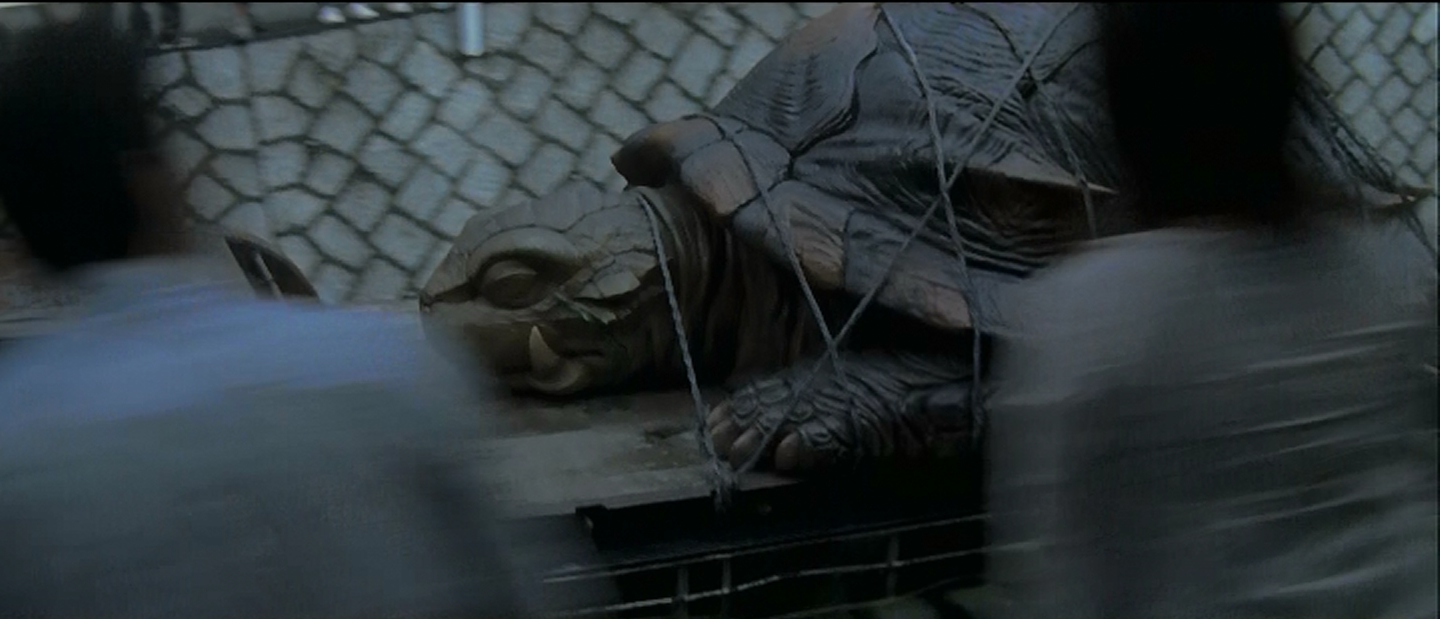
As sometimes happens in films aimed at younger audiences, the adults are either stunningly incompetent or do not have the whole picture. It is therefore up to the kids to set things straight. The government is trying to force Gamera to grow more quickly so it can take on Zedus, and at the same time, Toru wants to prevent the fight so Toto won't die. To do so, Toru figures that it needs a huge red pearl he Mai took to the hospital as a lucky charm. And so the three friends embark on a mission. To get the huge red pearl, and somehow, get it to Gamera.
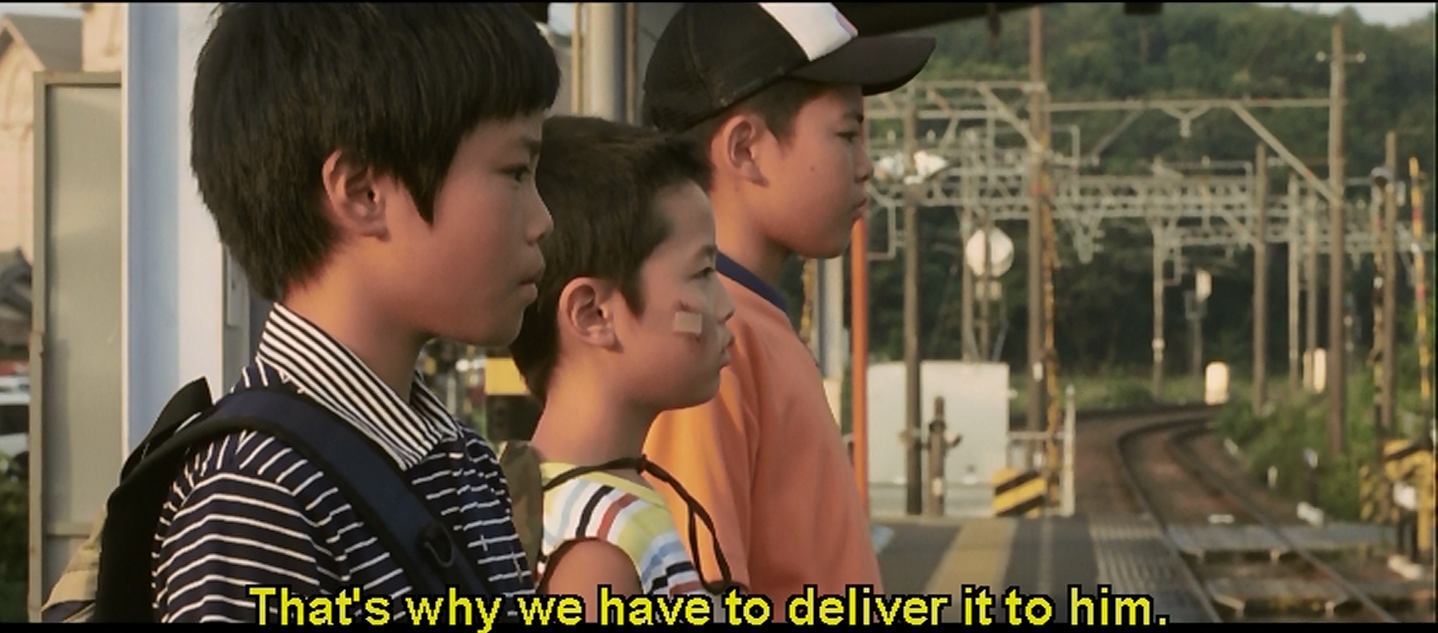
Gamera here, even in his final form, is a bit more like Minilla than previous Gameras. His nose is more blunt, his features more round, his eyes large, and his tusks are short. But the articulation of the eyes is good, and the head and jaws move very naturally. And his roar has been replaced with something a bit more generic, which I have mixed feelings about. I've long loathed the Gamera scream, but Shûsuke Kaneko made it work. So I strangely miss it with this film.
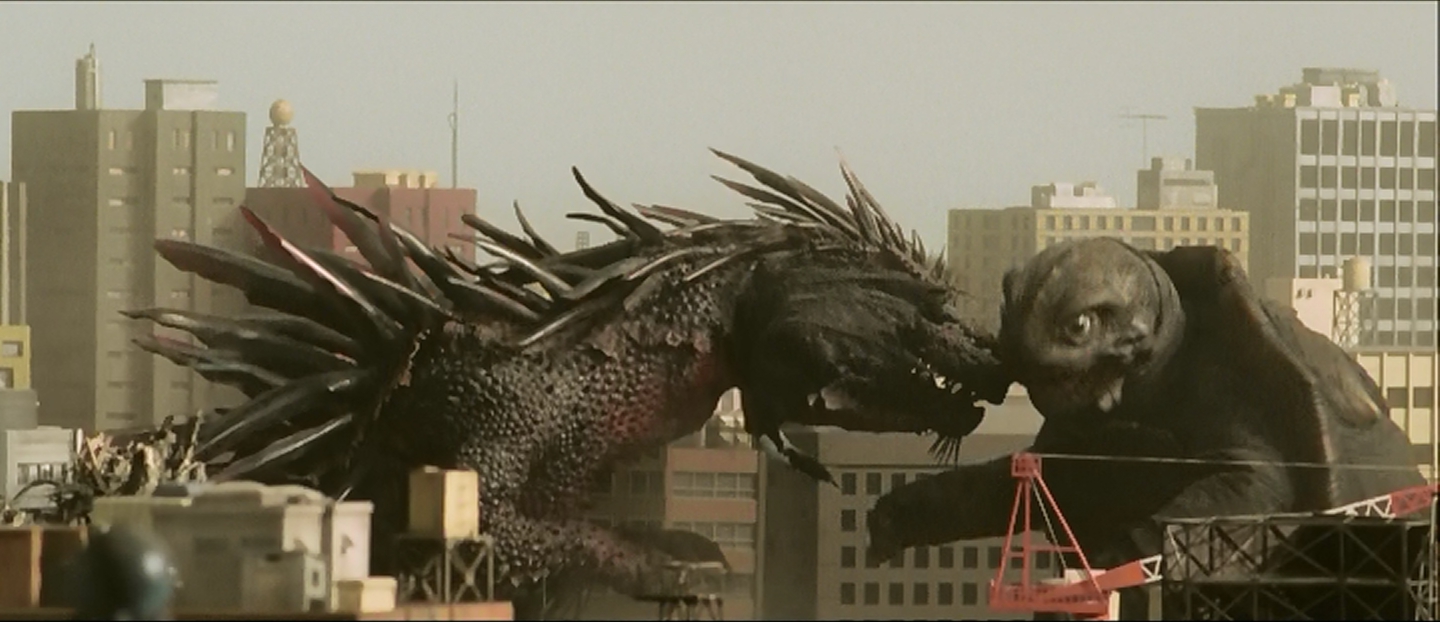
Gamera has long been touted as the friend of all children. In this film, the reverse is true. Mai, unable to get the red pearl to Gamera, hands it off to a silent child, who begins a relay to get it to him. It's a touching sequence as children of various sizes hand the red pearl off to each other, running to the center of Nagoya where Gamera and Zedus fight. As each one encounters a barrier; a police man, the crush of people running the other way, the prize is handed off to a new runner.
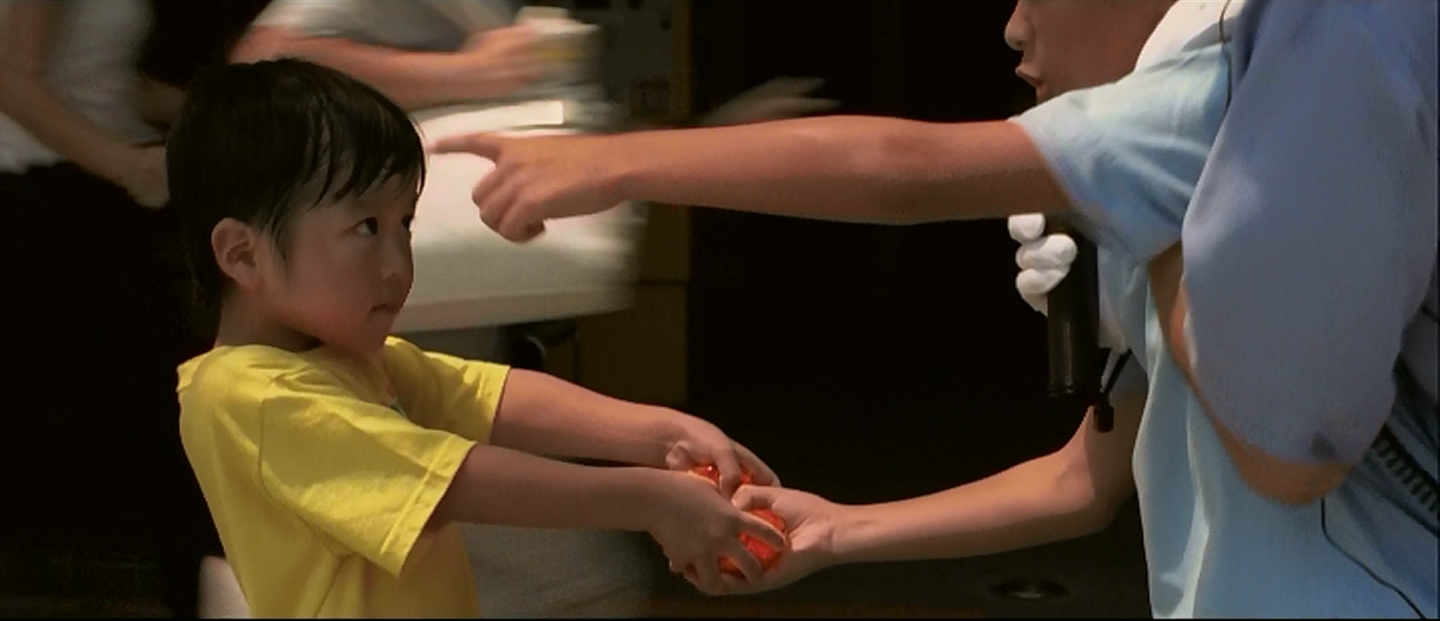
Toru does not want Toto to have to fight alone. He knows loneliness and loss, and he wants Toto, now really Gamera, to know that someone has his back. It's a well-orchestrated moment, the payoff for a lot of the film, made better by the fact that Toru convinces his father to help, too. This Gamers will not self-destruct. This Gamera will have something to live for.
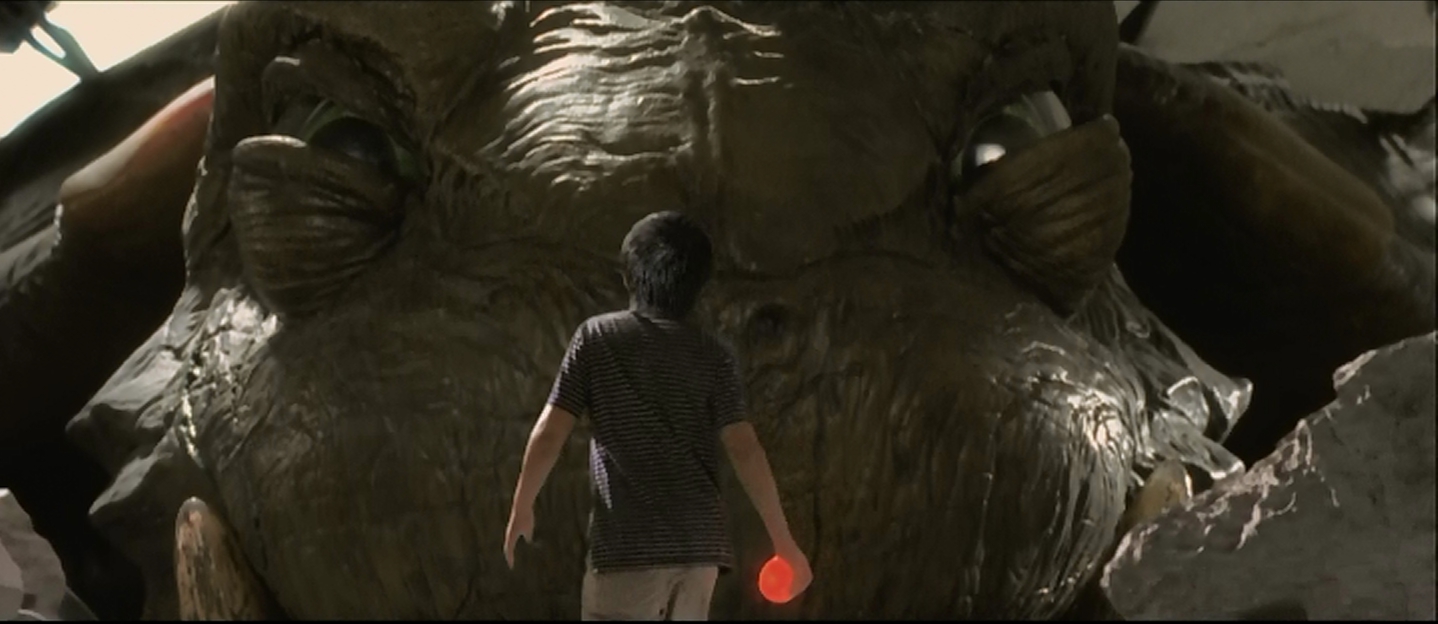
With the giant pearl in his system, Gamera proceeds to rock house. His chest symbols glow, as did the previous Gamera's did just before he self-immolated, but it turns out to be powering up a massively explosive fireball. Zedus is annihilated in a tremendous explosion. Gamera is victorious without having to destroy himself.
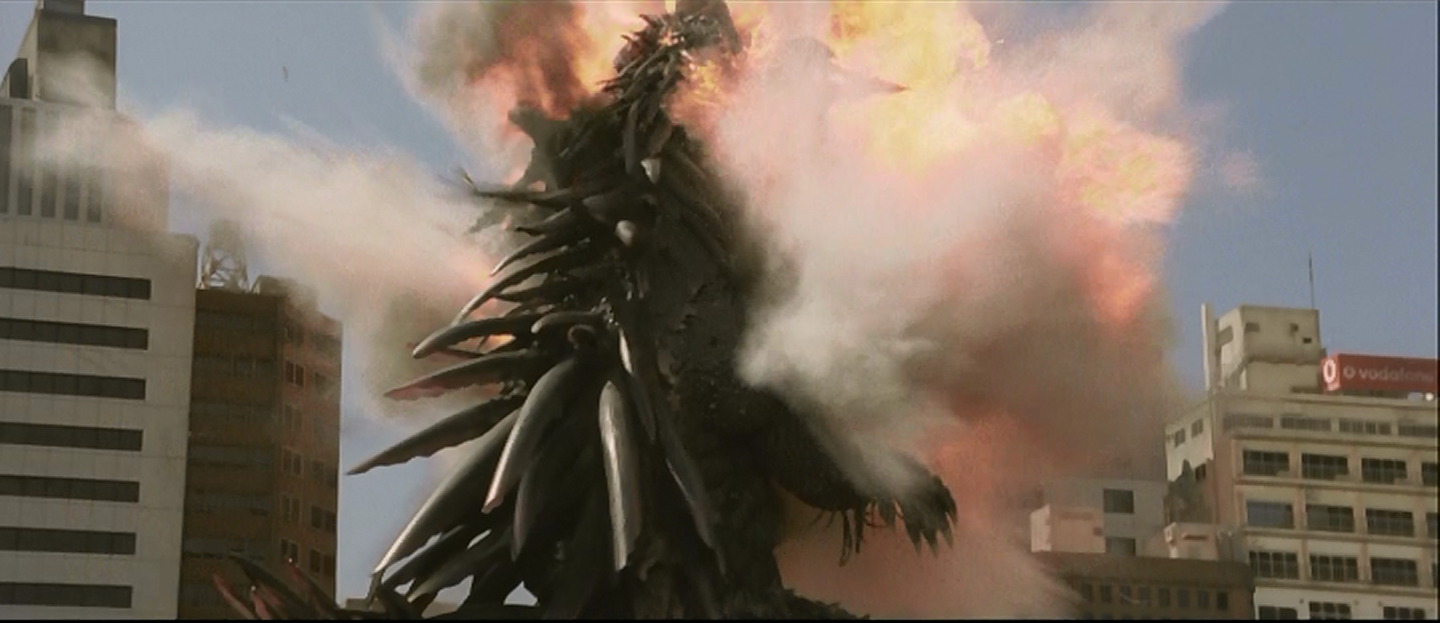
Then, like Godzilla at the end of Godzilla 2014, he collapses. The government attempts to seize the opportunity to recapture Gamera, but the children save him once again, forming a human barrier between the military and the turtle. Gamera flies off, and the film ends.
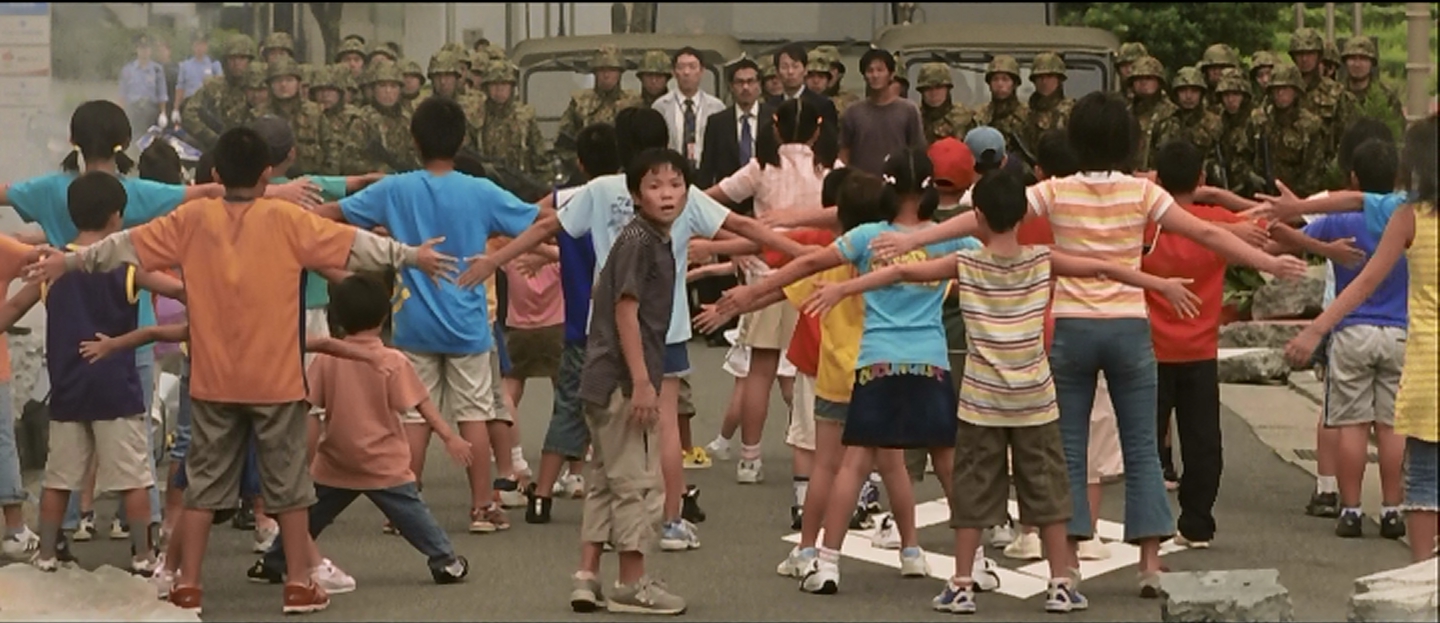
Gamera the Brave is the most mainstream of the Gamera films. The interaction between the humans and the giant monster is excellent. Both humans and the giant monsters are well-developed in personality. Rather than having kids hang around shouting encouragement at Gamera, they make a difference in the final combat against Zedus. More than any previous Gamera film, this mingles the coming of age story with giant monsters. Toru are not just passive witnesses. The coming of age with monsters idea will be repeated in 2009 with Demeking, but with notably less success.
The only real pity about this film is its limited availability. Although Tokyo Shock issued it in DVD and Blu-Ray n 2012, it's scarce enough that it commands $60 on Ebay or Amazon. Gamera the Brave is not available in any of the subsequent Gamera collections, either. Which is a pity, this is a film that deserves to be seen more in Region 1.
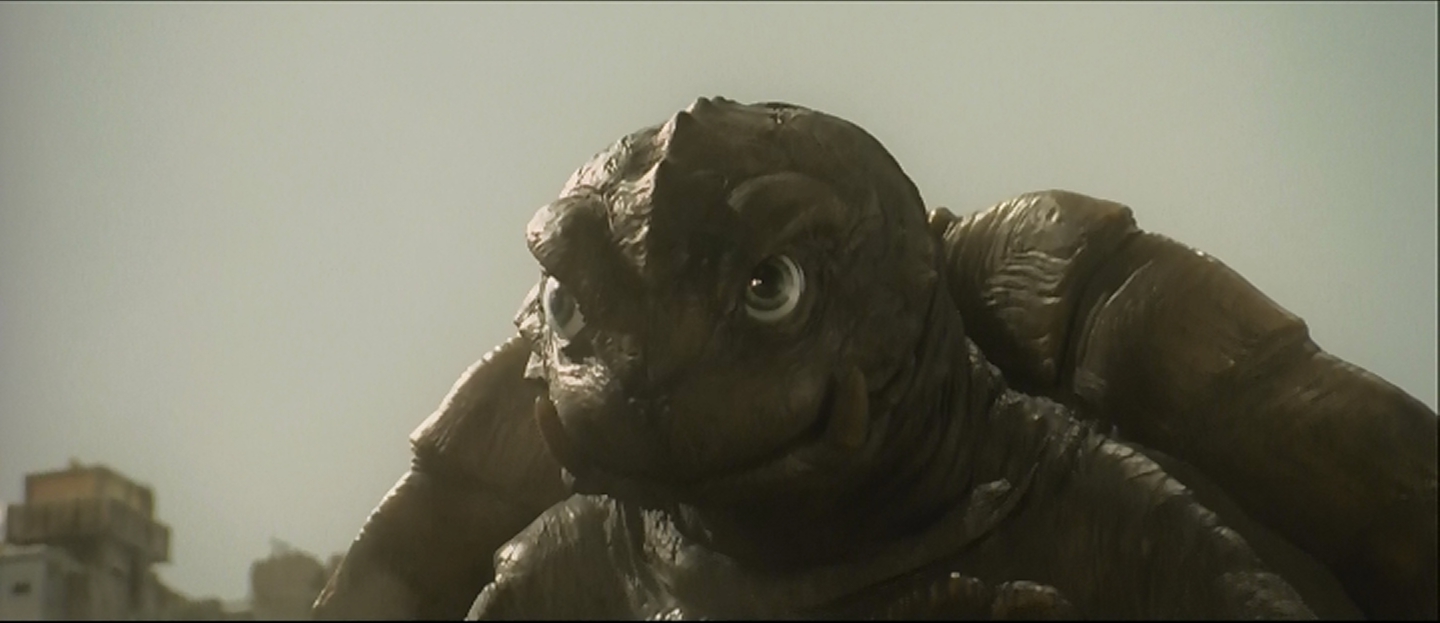
The good news is that Kadokawa Shoten has declared that Gamera will return in 2015 with a 50th anniversary film, probably buoyed by the success of last year's Godzilla. Perhaps with that release, Gamera the Brave will be given a wider DVD and Blu-Ray release. The strength of the Gamera franchise seems to be that those controlling the franchise are willing to take greater risks with their character. Shûsuke Kaneko made three great Gamera films, and Ryuta Tazaki also made a very good film. Neither of these are directly in the 'spirit' of the original Gamera films, which were decidedly goofy, but the freedom to take different approaches has paid off with excellent films.
Next up, one of the greatest monster movies ever made. It's not really a kaiju film, but it's so good, I can't not write it up here.
No comments:
Post a Comment